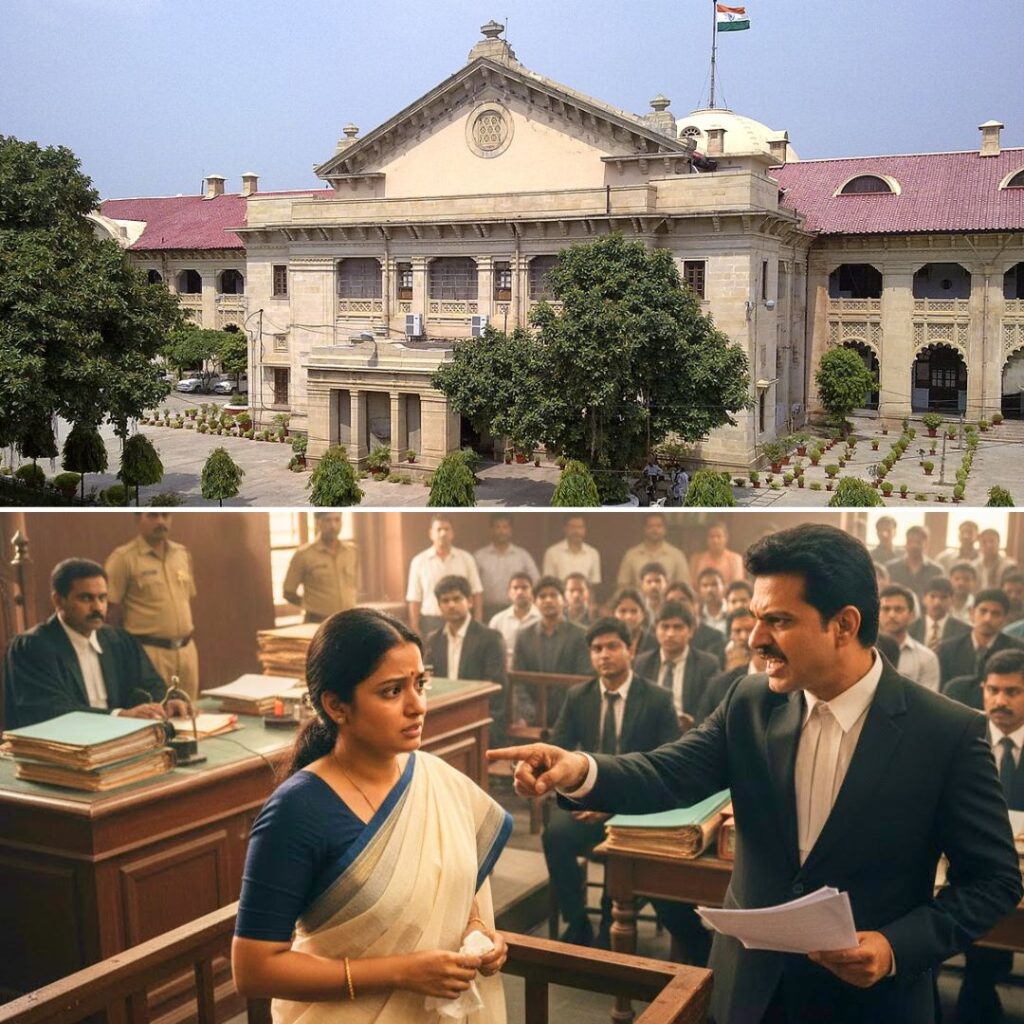Delhi recorded the worst air quality in four years a day after Diwali as pollution levels in the national capital and the neighbouring regions breached the ’emergency’ levels on November 15 due to the twin effect of stubble burning and firecrackers.
However, the higher wind speed and light rainfall brought some relief to the choking national capital.
The air quality had turned ‘severe’ on November 14 with stubble burning to account for nearly 32 per cent of Delhi’s PM2.5 pollution. The air quality worsened due to firecrackers emissions and calm winds.
According to the Graded Response Action Plan (GRAP), the air quality in Delhi is under the ‘severe-plus’ or ’emergency’ category if PM2.5 and PM10 levels persist above 300 ug/m3 and 500 ug/m3 for over 48 hours.
As per Delhi Pollution Control Committee data, hourly PM10 concentrations spiked to 1,636 ug/m3 by 1 am at Punjabi Bagh and 1,937 ug/m3 by midnight at Jahangirpuri.
Despite a ban imposed by the National Green Tribunal on sale or use of all kinds of firecrackers in the National Capital Region (NCR) from November 9 midnight to November 30 midnight, residents in Delhi violated all norms and burst firecrackers.
The tribunal had said that: ‘celebration by crackers is for happiness and not to celebrate deaths and diseases’.
Delhi recorded an overall AQI of 414 on Saturday and it rose to 454 by 10 pm. On Sunday, the 24-hour average AQI stood at 435 at 4 pm, which was the worst on the day after Diwali in the last four years. Delhi recorded a 24-hour average AQI of 337 on Diwali last year on October 27, 2019, and 368 and 400 on the next two days.
In 2018, the 24-hour average AQI (281) on Diwali was in the ‘poor’ category and deteriorated to 390 the next day and remained in the ‘severe’ category on three consecutive days.
The Ministry of Earth Sciences air quality monitor, SAFAR, said that the magnitude of PM2.5 suggests significant local additional emissions, referring to bursting of firecrackers, on Saturday night combined with farm fire-related pollutant concentrations led to ‘such a scenario where hourly average concentrations touched more than 1000ug/m3 at midnight yesterday’.
Stubble fires have decreased to nearly 350 on Sunday compared to around 2,586 on Saturday. The share of farm fires in Delhi’s PM2.5 stood at 4 per cent on Sunday.












